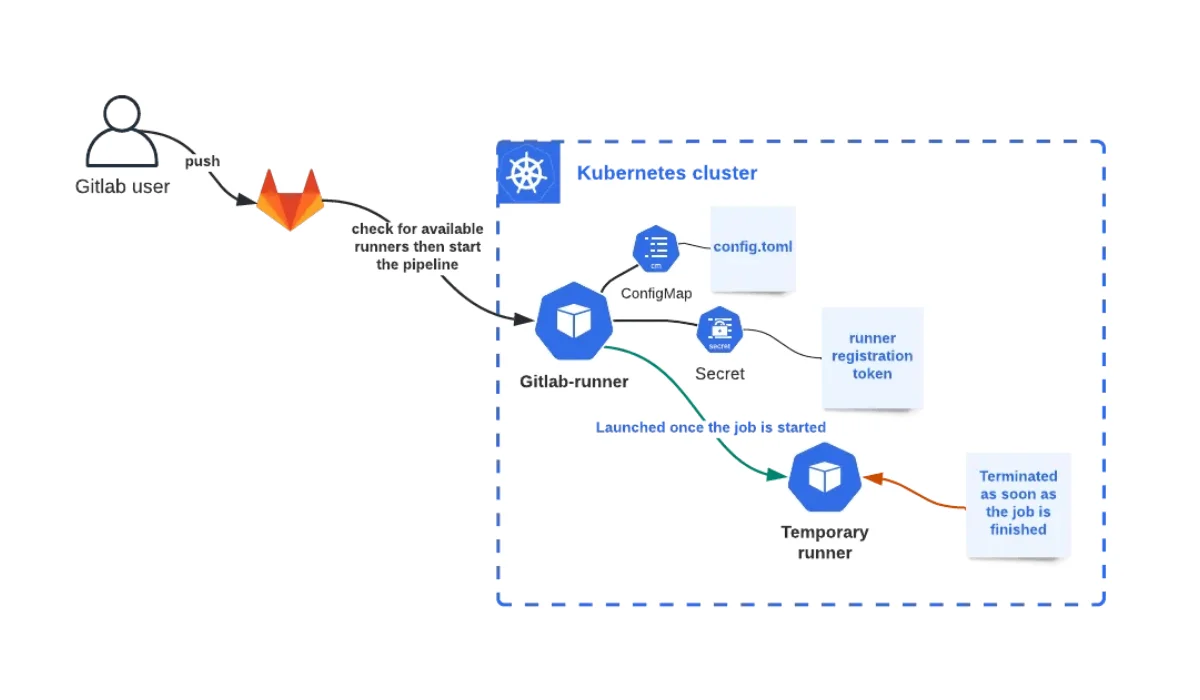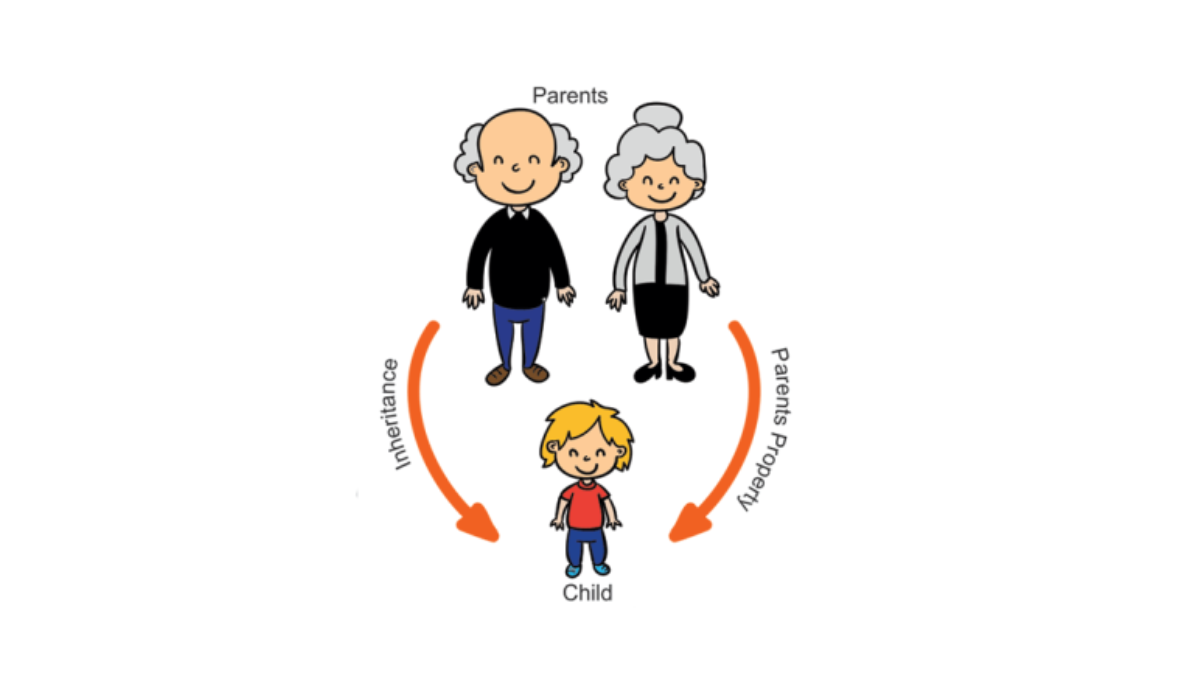Design patterns are an essential part of software development, providing tried and tested solutions to common problems. They serve as blueprints for creating code that is not only functional but also maintainable, scalable, and easy to understand. In this article, we will demystify design patterns and explore their importance in software development.
What are Design Patterns?
Design patterns are recurring solutions to common problems encountered in software design. They are not specific algorithms or code snippets but rather high-level templates that guide the structure of your code. These patterns have evolved over time through the collective wisdom and experience of software developers.
The concept of design patterns was popularized by the book “Design Patterns: Elements of Reusable Object-Oriented Software” by Erich Gamma, Richard Helm, Ralph Johnson, and John Vlissides (often referred to as the “Gang of Four” or GoF). This book introduced 23 classic design patterns, which are categorized into three main groups:
- Creational Patterns
- Structural Patterns
- Behavioral Patterns
Creational Patterns
These patterns deal with object creation mechanisms, trying to create objects in a manner suitable to the situation. Examples include Singleton, Factory Method, and Abstract Factory.
Examples:
- Singleton Pattern
- Factory Method Pattern
- Abstract Factory Pattern
- Builder Pattern
- Prototype Pattern
Structural Patterns
Structural patterns focus on the composition of classes and objects. They help define relationships between objects and ensure that changes in one part of the system don’t affect others. Examples include Adapter, Decorator, and Bridge.
Examples:
- Adapter Pattern
- Decorator Pattern
- Bridge Pattern
- Composite Pattern
- Proxy Pattern
- Flyweight Pattern
Behavioral Patterns
Behavioral patterns are concerned with communication between objects and the responsibilities of objects. They help define how objects interact and distribute responsibilities among them. Examples include Observer, Strategy, and Command.
Examples:
- Observer Pattern
- Strategy Pattern
- Command Pattern
- State Pattern
- Chain of Responsibility Pattern
- Interpreter Pattern
- Visitor Pattern
- Memento Pattern
- Template Method Pattern
Why use Design Patterns?
- Reusability
- Design patterns encourage reusable code. Once you’ve implemented a pattern, you can use it in various parts of your application or even across different projects.
- Maintainability
- Patterns provide a clear and standardized way of solving common problems. This makes it easier for developers to understand and maintain the codebase, even if they didn’t write the original code.
- Scalability
- As your software grows, design patterns can help you adapt to new requirements and changes without major refactoring. They make your code more adaptable and flexible.
- Communication
- Design patterns serve as a common vocabulary among developers. When you say you’re using the Singleton or Observer pattern, other developers instantly understand the structure and purpose of your code.
- Best Practices
- Design patterns encapsulate best practices in software development. By following these patterns, you’re likely to create more robust and efficient solutions.
Anti Patterns
Anti-patterns are common practices or solutions to problems that may initially appear to be correct but ultimately lead to undesirable outcomes. These are patterns that should be avoided because they often result in code that is difficult to maintain, understand, or scale. Recognizing and understanding anti-patterns is crucial for software developers to write clean, efficient, and maintainable code. Here are some notable anti-patterns:
- Spaghetti Code
- God Object( Big Ball of Mud )
- Copy-Paste Programming
- Magic Numbers and Strings
- Premature Optimization
- Bikeshedding ( The Bike-Shed Effect )
- Golden Hammer ( Silver Bullet )
- The Inner-Platform Effect
- Cargo Cult Programming
- Hardcoding Credentials
- Ignoring Error Handling
- Tightly coupled monolithic architecture
In future articles, we will delve into each of these design patterns individually, exploring their concepts, use cases, and practical implementations in software development. Each pattern offers unique solutions to specific problems, and by examining them in detail, we can gain a deeper understanding of how to apply them effectively in our projects. Stay tuned for our upcoming articles where we will explore these design patterns one by one, providing you with valuable insights and examples.




